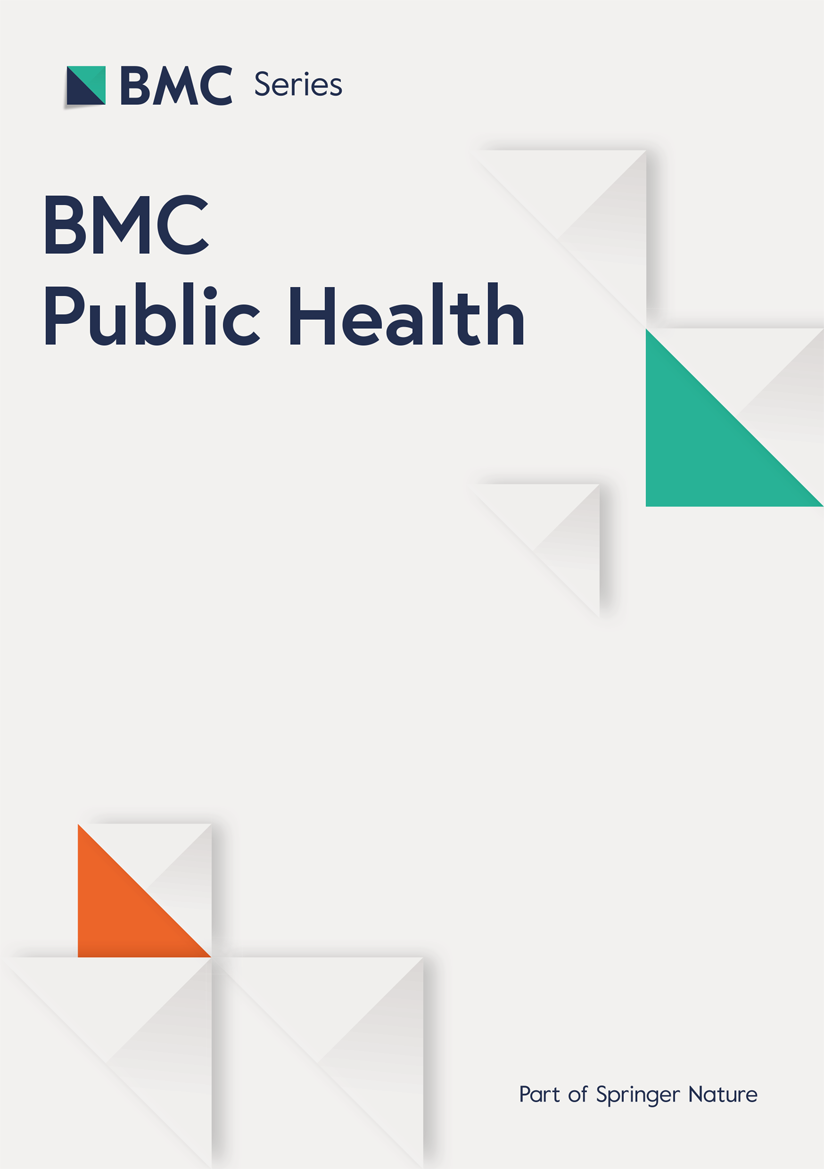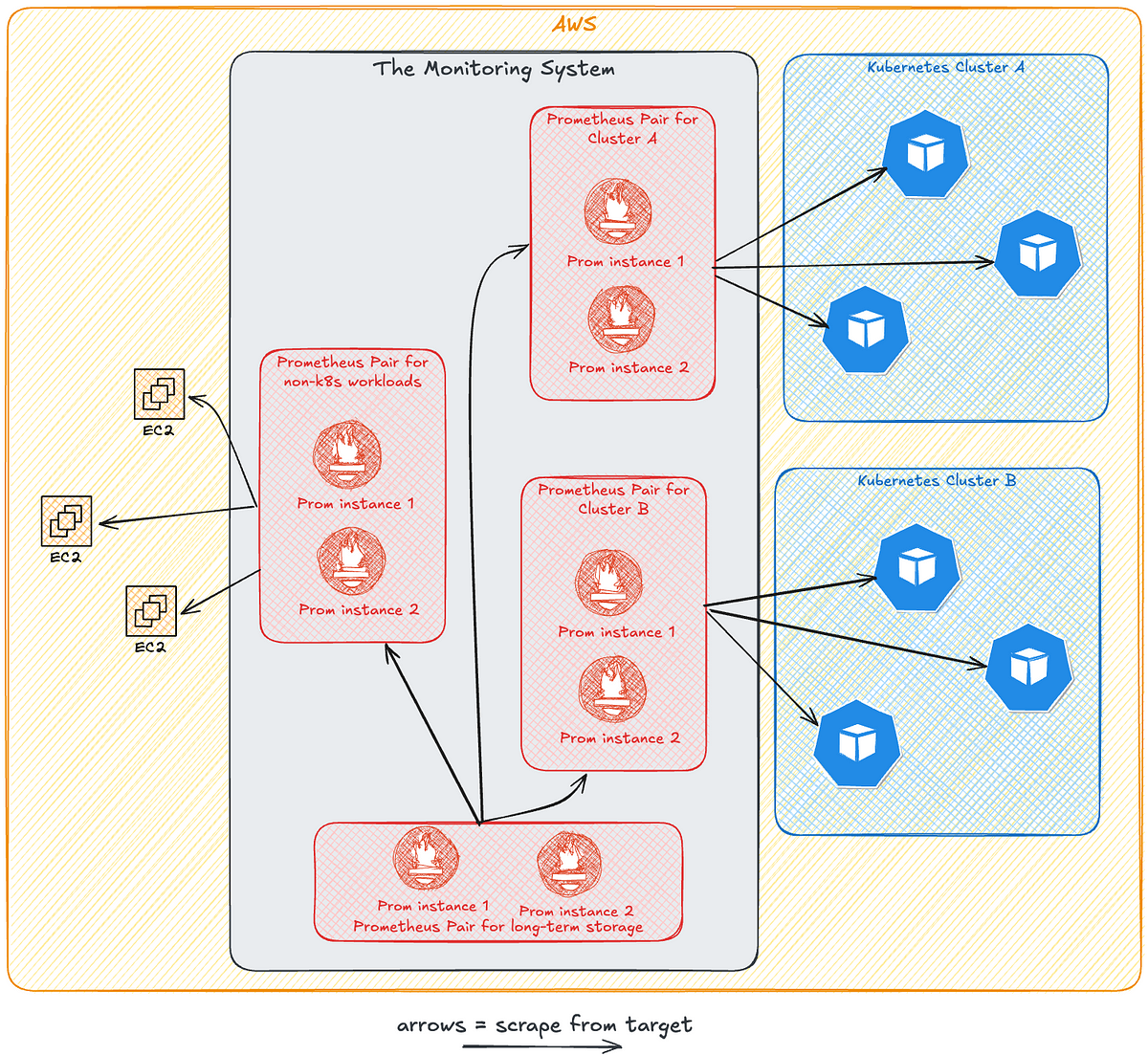
Exploring the prevalence of anabolic steroid use among men and women resistance training practitioners after the COVID-19 pandemic
BMC Public Health volume 24, Article number: 798 (2024 ) Cite this article
The COVID-19 pandemic has had a significant impact on individual health and fitness routines globally. Resistance training, in particular, has become increasingly popular among men and women looking to maintain or improve their physical fitness during the pandemic. However, using Anabolic Steroids (AS) for performance enhancement in resistance training has known adverse effects. Thus, this study aimed to explore the prevalence of AS use among men and women resistance training practitioners after the COVID-19 pandemic.
A cross-sectional survey was conducted among 3,603 resistance training practitioners (1,855 men and 1,748 women) in various geographical locations impacted by COVID-19. The participants were asked to complete self-administered questionnaires, which included questions regarding demographic information, training habits, and current or prior usage of AS. The data were analyzed using SPSS statistical software and the chi-square method, with a significance level of (P < 0.05).
A total of 3603 men and women resistance training practitioners completed the survey. In the study, 53.05% of men and 41.99% of women used anabolic and androgenic steroids. Of those men who used steroids, 29.47% used Testosterone, while 31.20% of women used Winstrol. Additionally, 50.30% of men used steroids via injection, while 49.05% of women used them orally. According to the study, 49.99% of the participants had 6 to 12 months of experience with resistance training, and 64.25% of them underwent three training sessions per week. The analysis using the χ2 test did not reveal any significant difference between men and women in terms of duration of bodybuilding, frequency per week, and engagement in other activities.
Leave a Comment
Related Posts

COVID-19 ‘Recovery’ Trial: Dexamethasone found life-saving in seriously-ill patients in preliminary tests
Comment


















